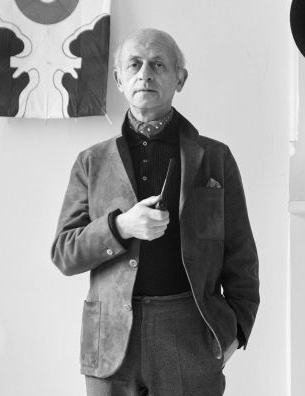
1901 - 1978
Richard Lindner

description
A German avant-garde artist, illustrator and teacher who worked in America. Richard Lindner worked in his own unique style, called “mechanical cubism” for the unusual combination of a human figure with elements of various machines in his paintings. A successful commercial artist, Lindner began to create paintings at the age of forty and managed to achieve great popularity and recognition in this area. His paintings were awarded several prestigious prizes, and his personal exhibitions were regularly held throughout Europe and the United States, where he emigrated after the outbreak of World War II. Being a vivid and true reflection of the era, the work of Richard Lindner served as the basis for the emergence and development of new styles in American art, in particular pop art, which became one of the main art movements in the country in the middle of the twentieth century.
Key ideas:
– The individual style of Richard Lindner is a unique combination of the elegance of the European modernist tradition with the vibrant and dynamic art of America after the middle of the 20th century. His paintings, reflecting the loneliness and inner emptiness of a modern man, carry a strong emotional charge and leave a feeling of existential alienation.
– Art critics gave the artist’s works a special term – “mechanical cubism”, which best describes Richard Lindner’s painting, where extraordinary images are a mixture of stylized human bodies and mechanical details. Large-scale figures in flat spaces filled with a uniform colour have a deep psychological subtext and archetypal significance.
– The central object of the artist’s paintings is a woman whom Lindner represents as a dominant, imperious, ruthless machine, attracting with her open sexuality and repelling with her indifference and cruelty. Men also often appear in the artist’s paintings, indicating problematic relationships between the sexes, grotesquely depicted children and animals. Each figure can be considered as a specific symbol, clearly illustrating a particular social phenomenon.
– Sharp lines and vibrant colours characterize the typical paintings of the artist. Partially similar to a collage, Lindner’s paintings most often consist of separate parts, which form a whole picture in mind and create a recognizable image. The artist often includes numbers and letters in his works, objects similar to clippings from magazines that do not harmonize in structure with the rest of the canvas.
– Most of Richard Lindner’s paintings are autobiographical; they seem to take the viewer into the atmosphere of Berlin of the 1920s and 1930s, which echoes the American culture of the 1950s and 1960s. He depicts the motives of his past and puts them in the atmosphere of a modern metropolis. Once the artist said, “I am juggling with the past. I draw postcards from the summer resort of my past.”
– The theme of the work of the painter is dictated by life itself. He snatched scenes from New York’s everyday life, such as talking in a telephone box, riding public transport or walking around the city, and transferred them to the canvas, styling and adding some details. In the artist’s interpretation, familiar scenes acquire a completely different sound, revealing the true essence of things and showing the real face of a city, country and nation.
1901
1924
1927
1930
1934
1941
1950
1960
1970
1978
Richard Lindner was born
Became a student at the Munich Academy of Arts
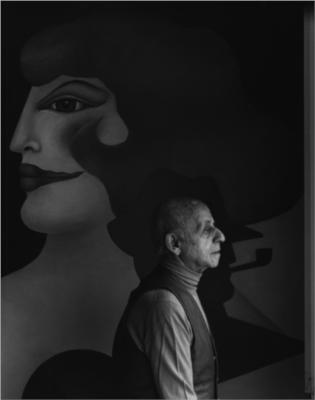
The artist settled in Berlin

The artist married Elsbeth Schülein

Lindner was assigned to forced service in Brittany
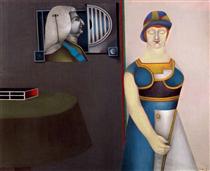
Moved to New York
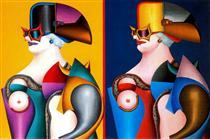
Visited Paris
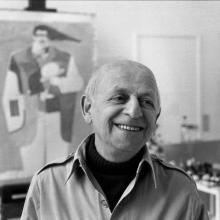
His work received wide acclaim in the United States
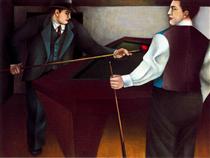
He was elected a member of the American Academy of Art and Literature

Richard Lindner died
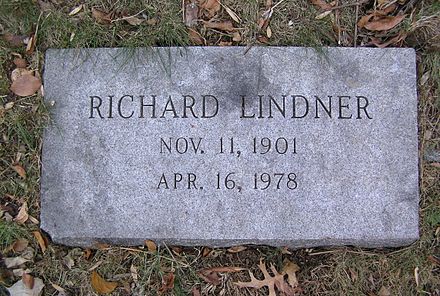
Richard Lindner
On Artist
flow
Expressionism
Abstract art
Cubism
Surrealism
friends
Saul Steinberg
artists
Fernand Leger
Oscar Schlemmer
Marcel Duchamp
Francis Picabia
By Artist
flow
Suprematism
Constructivism
Minimalism
Pop Art
friends
Andy Warhole
artists
Roy Lichtenstein
Klas Oldenburg
James Rosenquist
Helene Frankenthaler
Kenneth Noland
Jules Olitsky
Maurice Louis
